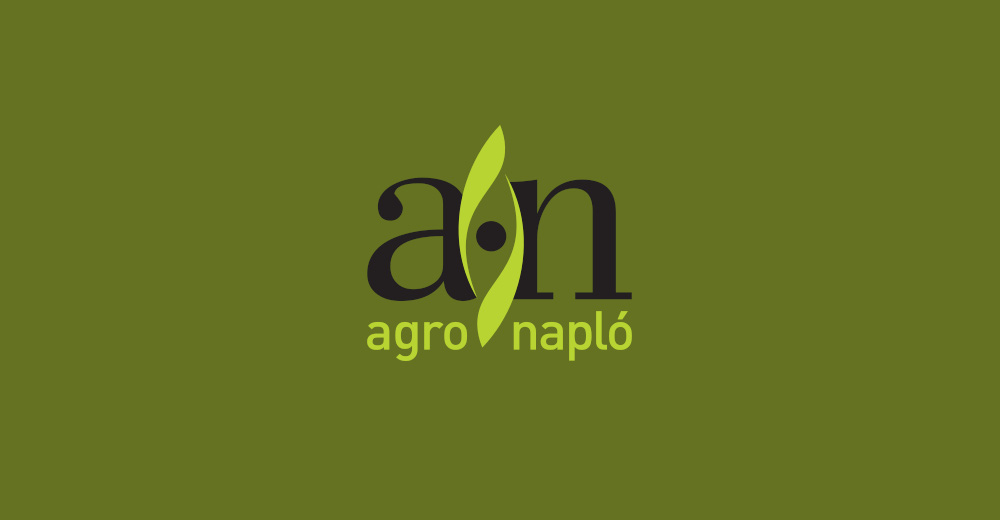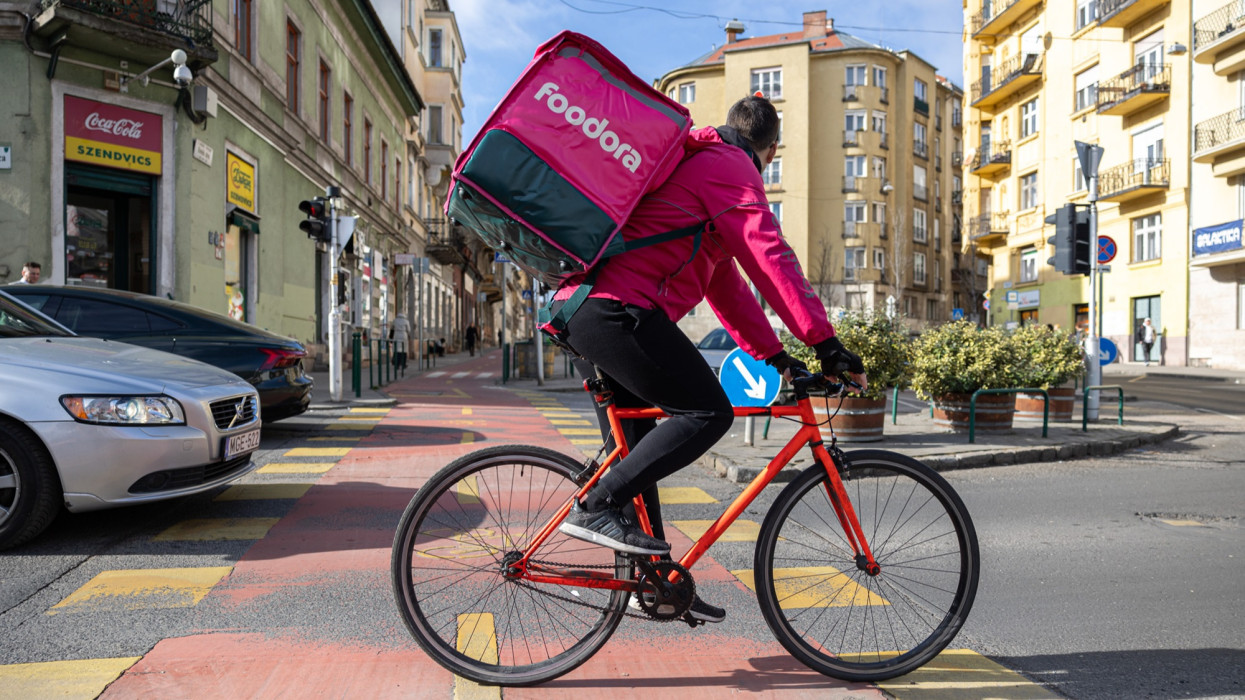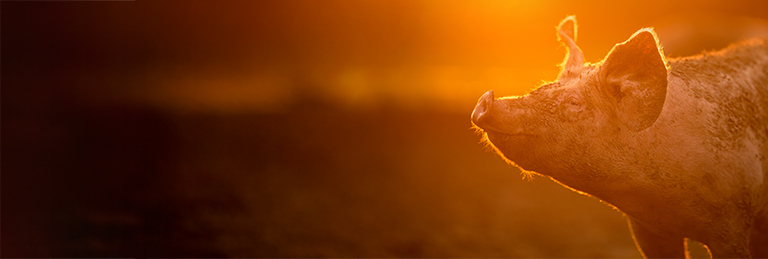From CELTIS, ARES and ATLES to ARION and AXION
The 23 February 2003 signalled a reshuffling of the cards in the global agricultural machinery sector. Having acquired a majority stake in Renault Agriculture followed by its complete acquisition in 2008, CLAAS graduated from harvesting equipment specialist to full system provider – adding standard and specialist tractors to its product range to seamlessly complement the flagship XERION built in Harsewinkel. The signing of the agreement between Helmut Claas and Renault S.A board member Patrick Faure on the eve of the SIMA tradeshow in Paris generated a significant amount of media coverage following its announcement. By the end of April, the staged acquisition had been approved by the Cartel Office.
From 1 October the factory in Le Mans began switching the colour scheme from Renault Orange to Seed Green and from 1 November 2003 all models for new and emerging markets rolled off the assembly line in CLAAS corporate colours. With the product range now complete, CLAAS was able to display a “full line-up of modern products” at Agritechnica 2003. In addition to the standard and specialist tractors, this included the LEXION 500, the COUGAR self-propelled mower and the latest generation XERION – an impressive collection which attracted considerable interest.
Work on the development of the AXION 800 large tractor also started in late 2003 and barely three years later, the new tractor was added to the CLAAS sales range. This marked the first step in the gradual replacement of the Le Mans product portfolio: over time, the CELTIS, ARES and ATLES were rebranded as the ARION and AXION – product names which ushered in a new era.
Industry-defining innovations
The new ARION and AXION tractors paved the way for numerous award-winning innovations which came to define the industry: the large, high-contrast CEBIS terminal for the AXION and later also the ARION 500 and 600 series; the PANORAMIC cab for the ARION 400; TELEMATICS for fleet management; the AXION TERRA TRAC, which was the first half-track tractor with full suspension and CEMOS, the market-leading self-learning, dialogue-based operator assistance and process optimisation system for the ARION and AXION CMATIC. CLAAS tractors from Le Mans were smashing records too; in 2013 the DLG Test Centre tested the 416 hp AXION 950 on behalf of the farm machinery journal profi and measured a record-breaking pulling power of 242 kW – making it the world's most powerful standard tractor! In the DLG PowerMix test the tractor beat the average of all tractors tested before by a whopping 15.6% with a fuel consumption of just 249 g/kWh.
These and other successes can be attributed to a team of developers based at group-wide CLAAS sites whose primary aim is to build the most efficient and productive tractors for farmers and contractors throughout the world. Expertise in TERRA TRAC crawler tracks and CEMOS system and process intelligence at CLAAS Industrietechnik in Paderborn is combined with electronics expertise from CLAAS E-SYSTEMS in Dissen and the standard tractor development capabilities in Vélizy. Together, they are already researching and developing the next generation of tractors from Le Mans.
More than 80 million euros for high-tech production and state-of-the art test centre
But research and development is not the only focus of investment; CLAAS is also rolling out state-of-the-art production processes and ergonomic workstations. Modernisation projects worth more than 80 million euros have been completed since 2003. The largest and most important of these was the CLAAS Forth initiative, which saw production elevated to a new level when it was launched at the end of 2020. The Le Mans factory now counts as one of the most up-to-date in the world, deploying driverless transport systems (known as autonomous guided vehicles or AGVs) and artificial intelligence (AI) in logistics. A new visitor centre modelled on the Technoparc in Harsewinkel recently opened there too.
200,000 tractors from Le Mans within reach
While the 150,000th CLAAS standard tractor left the Le Mans factory in spring 2019, the 200,000 mark is expected to be reached in the 20th anniversary year. Today CLAAS Tractor in Le Mans produces more than 60 different models from 75 to 445 hp, from simple tractors for markets with less stringent emissions standards such as Turkmenistan or Africa to the high-volume ARION 400 mainly for the European market and the AXION 900 TERRA TRAC high-tech large tractor for the global market. Today the Le Mans factory exports tractors to 80 countries around the world, including North America as of 2019.
Twenty years of CLAAS tractors from Le Mans at a glance:
- 23 February 2003: CLAAS signs agreement to purchase majority share of Renault Agriculture.
- 1 October 2003: Roll-out of the first Seed Green CLAAS standard tractors from Le Mans.
- 1 November 2003: All tractors now produced in CLAAS colours.
- 9 – 15 November 2003: CLAAS makes its first attendance at Agritechnica as a full system provider with a comprehensive tractor programme ranging from CELTIS, ARES and ATLES to XERION.
- 2006: Launch of completely redeveloped AXION 800 series with HEXASHIFT semi powershift transmission and CEBIS terminal.
- 2007: New ARION 500 and 600 series rejuvenate the Le Mans tractor range. The AXION 800 is now available with a CMATIC continuously variable transmission as an alternative to the HEXASHIFT powershift transmission.
- 2008: Acquisition of the Renault tractor division complete.
- 2008 – 2010: Installation of new cab pre-assembly and new paint shop.
- February 2011: Unveiling of the new AXION 900 large tractor series with CMOTION multifunction control lever at the SIMA in Paris.
- 2012: Launch of new ARION 500 and ARION 600 series.
- 2013: The AXION 950 sets a new pulling power record for standard tractors of 242 kW in front of the brake van, making it the world's most powerful tractor.
- November 2013: Premiere of the ARION 500/600 CMATIC with EQ200 continuously variable transmission from CLAAS Industrietechnik.
- 2014: Launch of the new ARION 400 series with ground-breaking PANORAMIC cab.
- 2016: CLAAS joins forces with the trade journal traction to strip down a used AXION 920 to its individual parts to analyse the wearing patterns.
- November 2017: Agritechnica silver medal for two innovations: the AXION 900 TERRA TRAC and CEMOS for Tractors, the first self-learning, dialogue-based operator assistance and process optimisation system.
- Spring 2019: The 150,000th tractor rolls off the production line in Le Mans.
- From 2019: Modernisation of the factory focusing on the main assembly line, logistics and production management as part of the CLAAS FORTH investment programme. The "factory of the future” officially opens in May 2021.
- 2021: The AXION 960 CMATIC with CEMOS designated Sustainable Tractor of the Year.
- September 2022: The new CENTRAL ACADEMY opens in Le Mans.







